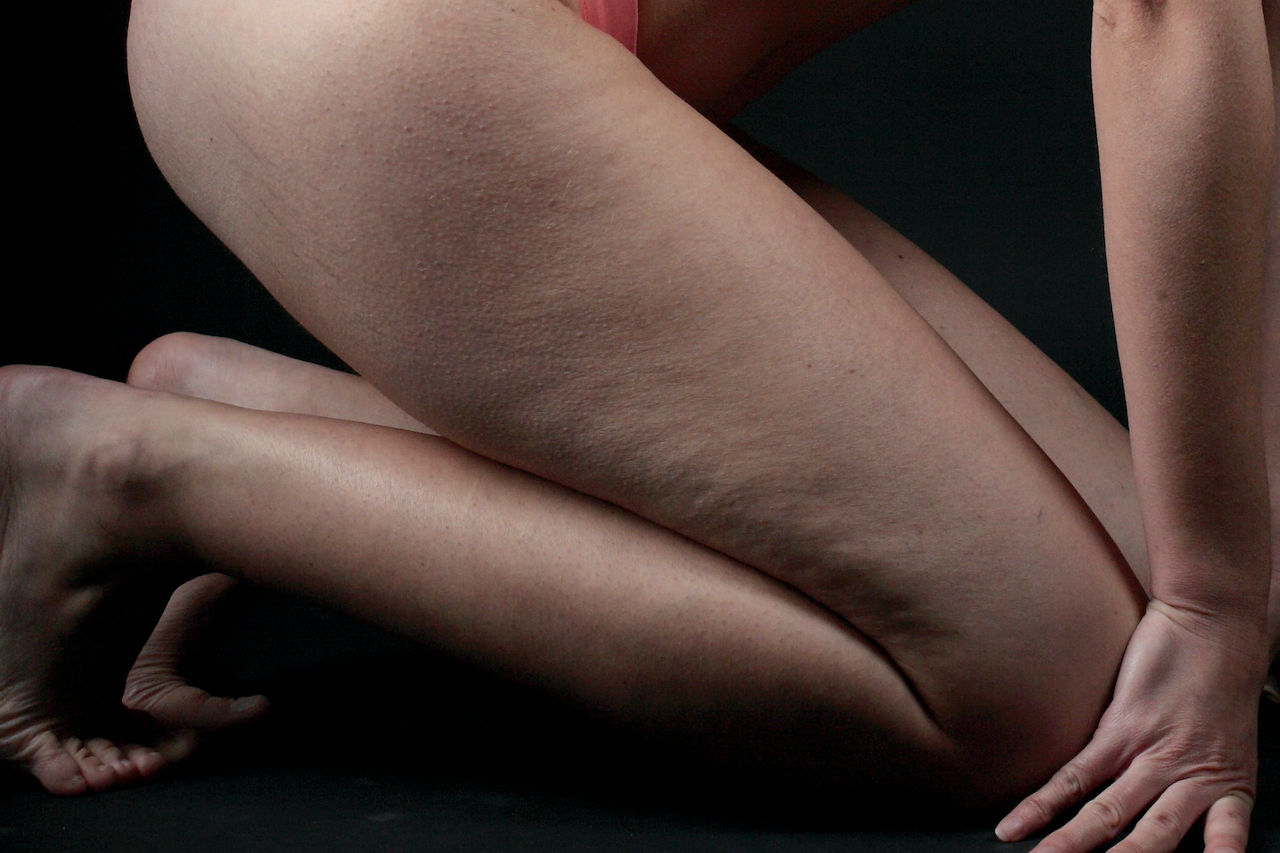- HOME
- Infrared Sauna Benefits
- Skin Conditions
Infrared Saunas and Skin Conditions: What Science Says
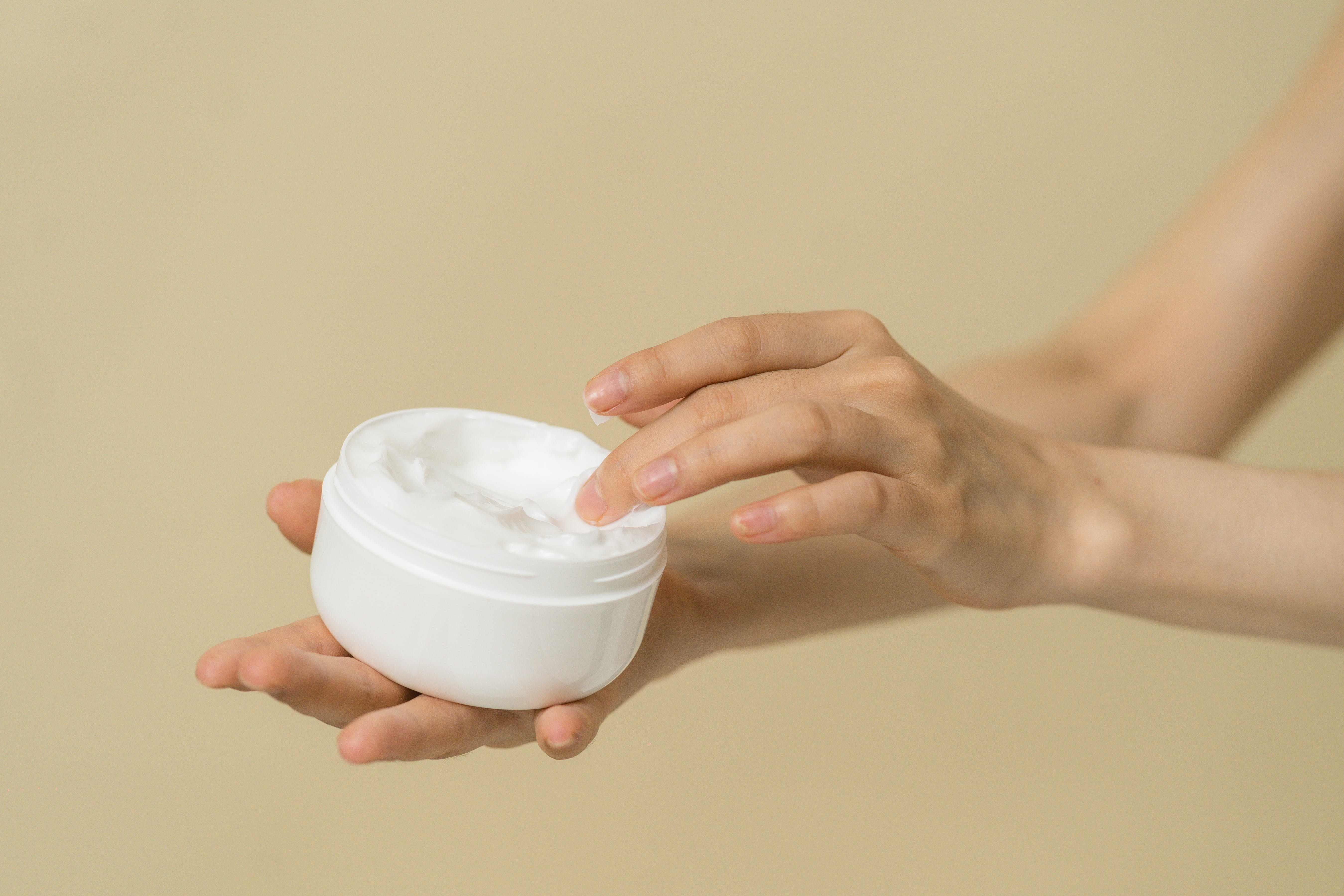
Infrared sauna use can help some skin conditions, but it’s not always the right choice. For people with sensitive skin or specific diagnoses, the information online can be confusing and inconsistent. What does the research actually show about the effects of infrared heat on skin conditions? And how do you avoid problems like heat rash, where small, itchy bumps develop after exposure?
This post goes over the latest findings and shares practical tips for anyone using infrared saunas or sauna blankets while managing skin concerns.
A quick tour of the blog post
- Science of Infrared sauna mechanisms for skin health
- Skin disorders and infrared sauna use
- How to prevent heat rash in infrared sauna
- After-sauna skincare for sensitive skin
- PEMF mats for skin health
- Final thoughts
Science of Infrared Sauna Mechanisms for Skin Health
Infrared saunas heat the skin directly using light. Compared to traditional saunas, they operate at lower temperatures (45–55 °C/113–131 °F) and reach deeper layers of skin tissue [1]. This triggers sweating and improves blood flow, helping remove impurities and supply nutrients to skin cells.
Contrary to misconceptions, infrared saunas do not emit UV rays linked to skin cancer. Realistic IR-A doses, similar to everyday sun exposure, may even protect skin by supporting collagen production and reducing UV damage [2].
Near-infrared wavelengths in particular can:
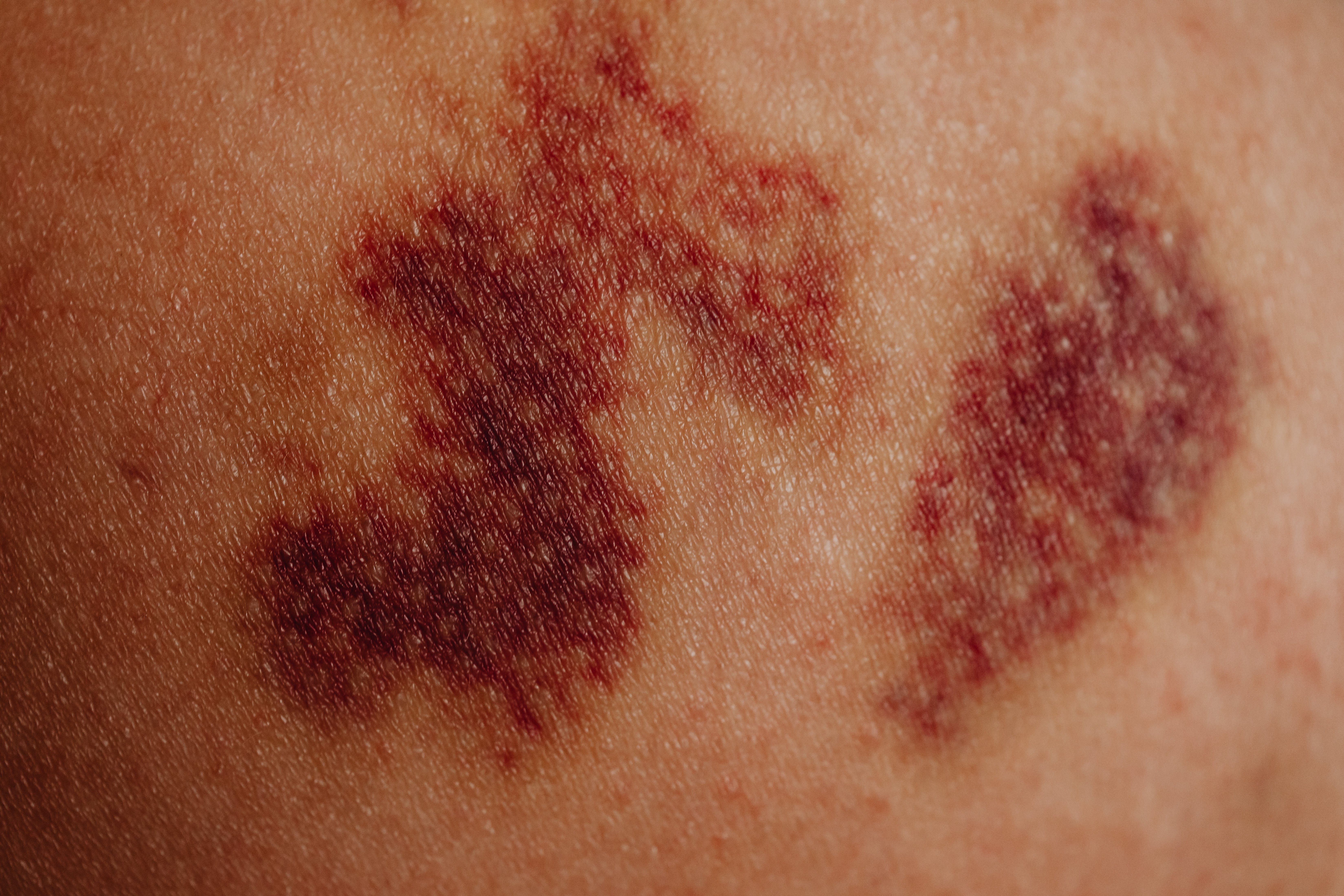
🔹 Stimulate collagen production for better skin elasticity
🔹 Reduce inflammation, which may help with acne or dermatitis [3]
🔹 Deliver better results with short, regular sessions (15–20 minutes, three times weekly) rather than infrequent long exposures
Research suggests that far-infrared radiation (FIR) can affect skin cells, modulate inflammation, and help healing processes, depending on wavelength, exposure time, and intensity [4].
Pro Tip: Near-infrared saunas mostly works on the surface skin layers and can be used at lower temperatures, which is gentler for sensitive skin; far-infrared penetrates deeper. EMF exposure is minimal in well-designed saunas, and NIR wavelengths are found in most home red-light therapy devices.
👉 Learn more about infrared sauna radiation and infrared sauna benefits for skin
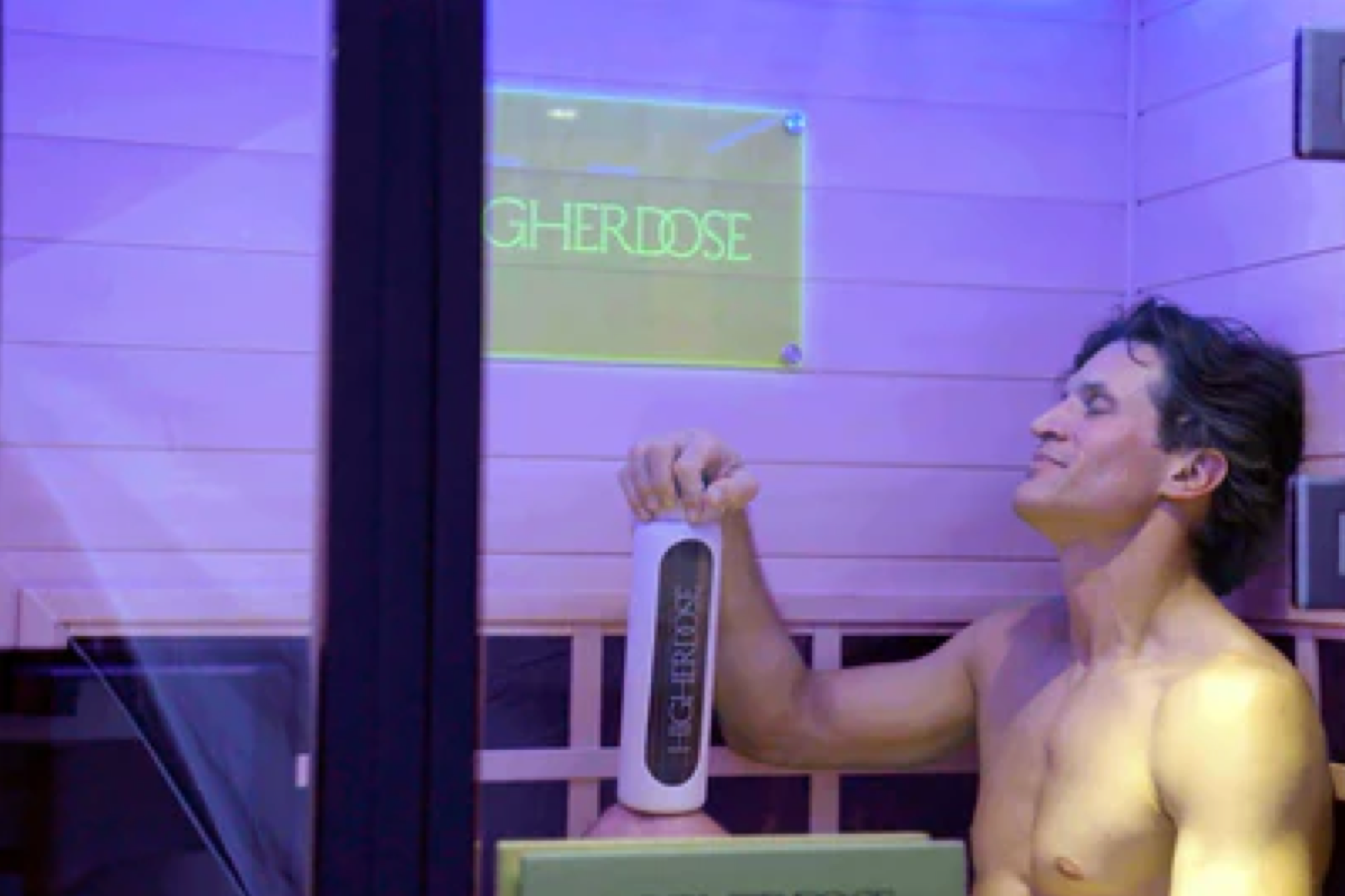
Skin Disorders and Infrared Sauna Use
Below are common skin disorders and how infrared saunas may interact with them.
Acne
🔹 Caused by blocked follicles leading to oil, bacteria, and dead skin buildup
🔹 Sweating can help unclog pores and remove excess oil and debris
🔹 Increased blood flow may support healing but can worsen inflammation for some
Tip: For deeper cleansing, pair sauna sessions with our recommended skin care before sauna routine.
Eczema
Low-temperature infrared sauna for eczema can improve circulation without causing excessive dryness. Using far-infrared wavelengths below 50°C and moisturizing immediately after each session helps protect the skin barrier.
🔹 Chronic inflammatory condition with itchy, red, scaly patches
🔹 Weakened skin barrier makes dryness and irritation more likely [5]
🔹 Dry heat may aggravate symptoms; temperature changes can trigger flare-ups
🔹 No strong research links saunas to eczema relief
🔹 Hydration and moisturizing after sessions are important
🔹 Infrared sauna for eczema and psoriasis may be gentler than conventional heat
Read our infrared PEMF mat options further to explore devices that combine infrared, red light, and PEMF for skin support. PEMF mats use lower far-infrared temperatures than sauna cabins or sauna blankets.
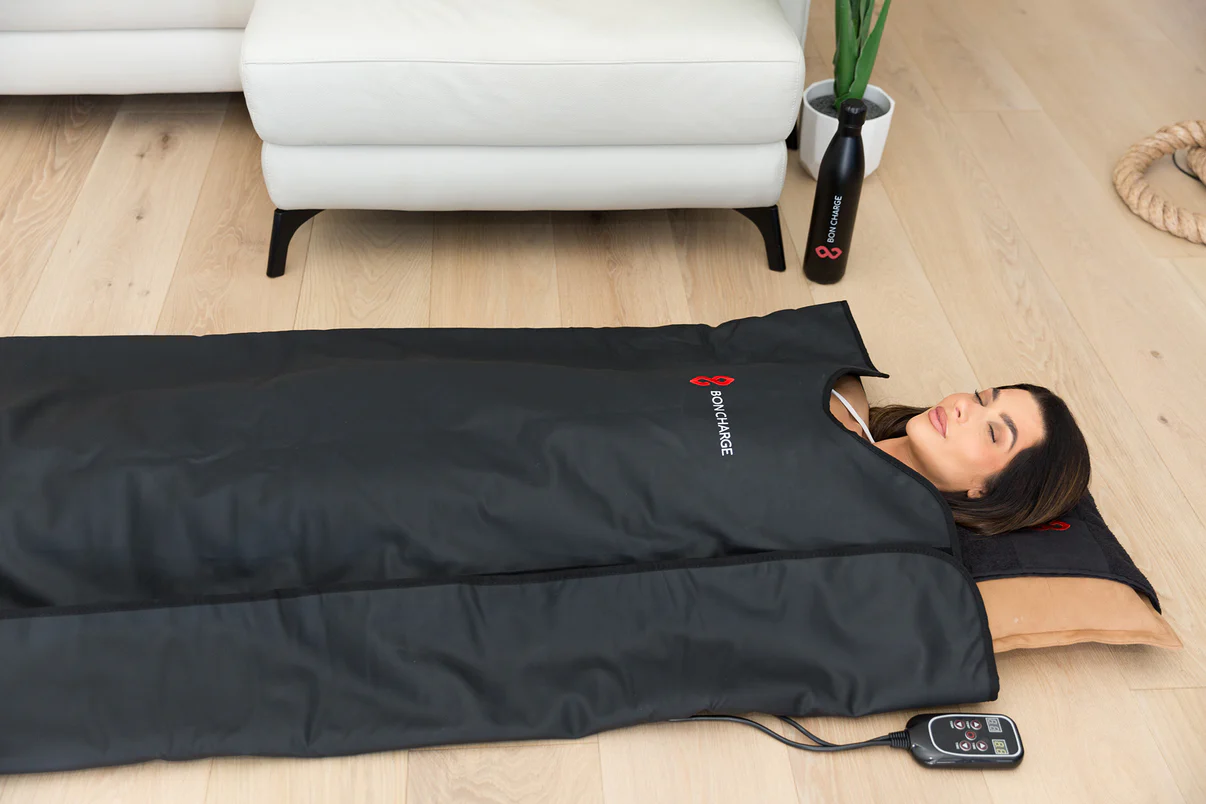
If a full infrared sauna isn’t an option due to space, budget, or schedule, a sauna blanket can be a convenient way to enjoy similar benefits at home 👉 Best Sauna Blanket review
Psoriasis
🔹 Chronic autoimmune condition causing red, scaly plaques
🔹 Far infrared heat and light may reduce inflammation and plaque buildup, similar to certain light therapies [6, 7]
🔹 Research is limited but some people may experience symptom relief
Rosacea
🔹 Chronic condition with facial flushing, redness, and pimples
🔹 Highly sensitive to heat, saunas can trigger flare-ups
🔹 Heat-related inflammation may worsen symptoms despite potential anti-inflammatory effects in other
Cholinergic Urticaria (Heat Hives)
🔹 Triggered by activities that raise body temperature, such as exercise or hot showers [8]
🔹 Some studies suggest controlled sauna heat may desensitize the body and reduce symptoms [9]
🔹 May help in cases unresponsive to antihistamines
Chronic urticaria
🔹 Hives lasting more than six weeks without a known cause
🔹 Shares similarities with cholinergic urticaria
🔹 Limited evidence suggests sauna therapy might help in severe cases
Sauna Recommendations by Condition
| Condition | Sauna Advisable? | Precautions |
|---|---|---|
| Acne | ✅ Yes | Avoid high heat |
| Eczema | ⚠️ Consult doc | Hydrate + moisturize |
| Psoriasis | ✅ Yes | Use FIR wavelengths |
| Rosacea | ❌ No | Heat triggers flares |
| Heat Rash | ❌ No | Cool down gradually |
How to Prevent Heat Rash in Infrared Saunas
Heat rash, also called sweat rash, prickly heat, or miliaria [10], occurs when sweat ducts become blocked, trapping sweat beneath the skin. This can cause irritation, redness, and small blister-like bumps. Reduce the risk during infrared sauna use by:
🔹 Hydrating: Drink water before, during, and after sessions to regulate sweat production 👉 Best drinks for sauna
🔹 Limiting Session Duration: Keep sessions short (under 20 minutes) to prevent excessive sweating and let your body adapt gradually
🔹 Cooling Gradually: Avoid sudden temperature changes; let body temperature normalize naturally

🔹 Wearing Loose Clothing: Choose breathable, loose-fitting clothes post-sauna to prevent further sweat entrapment
🔹 Monitor Your Skin: Watch for early signs like redness or itchiness to prevent severe outbreaks
🔹 Consult a Dermatologist: If you have a history of heat rash or sensitive skin, get personalized advice before regular infrared sauna use
After-Sauna Skincare for Sensitive Skin
The warmth of an infrared sauna can affect sensitive skin or specific dermatological conditions. The main factor in post-sauna dryness is not the heat itself but the after-sauna routine [9]. Proper care helps prevent moisture loss and irritation:
🔹 Gentle Cleansing: Rinse sweat with lukewarm water. Avoid harsh scrubs.
🔹 Moisturize: Apply emollient creams (e.g., petrolatum-based) to lock in moisture. These thick creams form a protective layer on the skin, reducing dryness.
🔹 Avoid Actives: Skip retinoids or acids for 24 hours if skin is inflamed.
Additional Tips: See our guides on Skin Care Before Sauna: Essential Steps for Safe Glow 2025 and After Sauna Skin Care: What to Apply & Why.
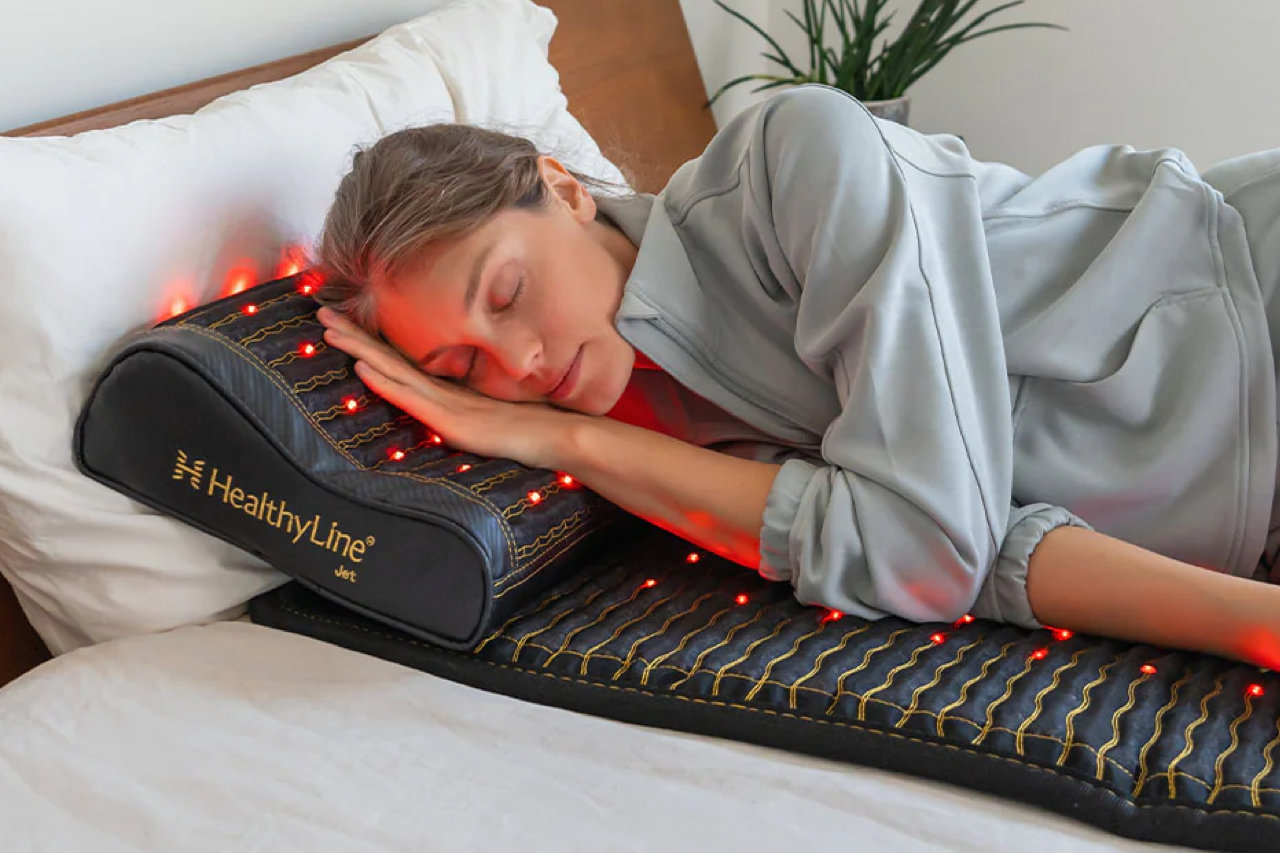
HealthyLine has more than 200 PEMF mats. We sort through the specs and features so you can see which ones suit your skin and wellness goals best 👉 HealthyLine PEMF Mat Review
PEMF Mats for Skin Health
Infrared saunas may benefit your skin, but if you have sensitive skin, PEMF (Pulsed Electromagnetic Field) mats provide a low-heat alternative. PEMF mat for eczema combines mild warmth with electromagnetic fields to ease redness and improve atopic dermatitis lesions, with studies showing pulsed frequencies (3–25Hz) can help.
PEMF mats often pair far-infrared heat with electromagnetic waves, and some add red or near-infrared light (including photon light at 660 nm). Together, these therapies level up cellular repair and promote skin recovery without high temperatures. Below, we go over the science and highlight some top devices.
How PEMF and Red Light Therapy Work for Skin
PEMF Therapy
🔹 Stimulates cellular energy (ATP), helping skin regenerate and supporting collagen production.
🔹 Reduces inflammation by modulating immune responses, which can benefit eczema, psoriasis, and acne.
🔹 Revs up blood flow, delivering nutrients and removing waste without heating the skin.
👉 Science behind PEMF mat therapy
Red/Near-Infrared Light (660–850 nm)
🔹 Penetrates skin layers to stimulate collagen, reduce redness, and calm irritation.
🔹 Works alongside PEMF to address surface concerns like wrinkles and acne scars.
Note: Infrared PEMF mats include far-infrared heat, but it can be set low, helping avoid heat-triggered flare-ups in conditions like rosacea or heat rash.
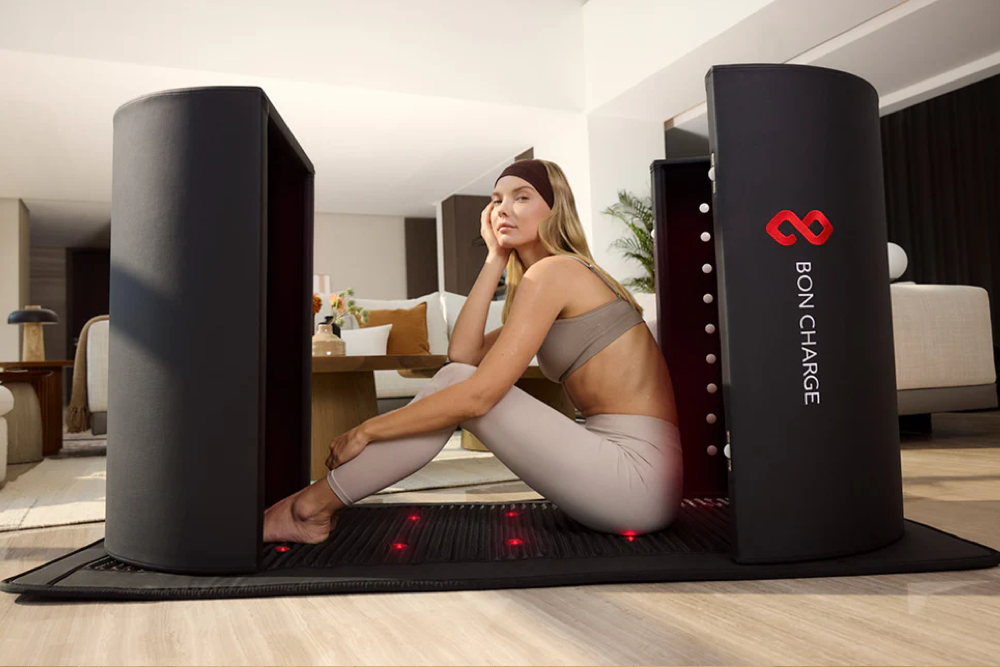
Bon Charge Sauna Dome: Far-infrared heat, PEMF, and red light together or separately for targeted skin, muscle, and cellular support 👉 Bon Charge Sauna Dome Review
Research on PEMF for Skin Conditions
🔹 Atopic Dermatitis (Eczema): Early research shows PEMF may reduce inflammation and improve skin lesions, suggesting a promising role in managing atopic dermatitis [11]. Human studies are still needed to confirm effectiveness and optimal treatment protocols.
🔹 Psoriasis and Wound Healing: Early research suggests PEMF can stimulate collagen-producing fibroblasts, potentially reducing plaque and restoring the skin [12]. Combining PEMF with red light (660 nm) may further penetrate psoriatic plaques.
Wrapping up
If you’re curious about trying a PEMF mat, our review of top-rated PEMF mats shows which ones combine PEMF with infrared or red/near-infrared light for skin support. Remember, these mats are not a cure.
Check with your dermatologist if you’re using immunosuppressants, such as for psoriasis, to make sure PEMF therapy is compatible with your treatment.
Pay attention to your skin, keep session lengths and temperatures safe, and follow proper aftercare whether you’re using infrared saunas or PEMF mats. Being mindful of these details helps you get the benefits without unnecessary irritation.
If you have questions about these infrared PEMF therapy mats, you can contact us directly 👉 contact
Further Reading
For more information on skin conditions, consult:
🔹 Johns Hopkins Medicine – Resources on diagnosis and treatment [13]
🔹 American Academy of Dermatology – Guidelines and patient education [14]
Saunace.com publishes reviews and usage guides for infrared and PEMF devices to help readers compare options and use them safely; see the About page to learn how we research and evaluate products.

Diane Sargent
Updated: August 2025
Curious to learn more? Check out these articles:
References
1. WebMD. (n.d.). Health benefits of infrared saunas. WebMD. https://www.webmd.com/balance/health-benefits-of-infrared-saunas
2. Barolet D, Christiaens F, Hamblin MR. Infrared and skin: Friend or foe. J Photochem Photobiol B. 2016 Feb;155:78-85. https://pubmed.ncbi.nlm.nih.gov/26745730/
3. Pan S, Gallo Marin B, Ragi SD, Lim RK, O'Connell KA, Libby TJ. Popularity of infrared saunas and potential dermatologic risks: A Google Trends analysis. Clin Dermatol. 2023 Nov-Dec;41(6):789-790. https://pmc.ncbi.nlm.nih.gov/articles/PMC11149784/
4. Qin B, et al.. Far-infrared radiation and its therapeutic parameters: A superior alternative for future regenerative medicine? Pharmacol Res. 2024 Oct;208:107349. https://pubmed.ncbi.nlm.nih.gov/39151679/
5. M Hannuksela and A Väänänen, The sauna, skin and skin diseases, PubMed, https://pubmed.ncbi.nlm.nih.gov/3218900/
6. Laukkanen JA, Kunutsor SK. The multifaceted benefits of passive heat therapies for extending the healthspan: A comprehensive review with a focus on Finnish sauna. Temperature (Austin). 2024 Feb 25;11(1):27-51. https://pmc.ncbi.nlm.nih.gov/articles/PMC10989710/
7. American Academy of Dermatology Assocciation, Psoriasis Treatment: Phototherapy, https://www.aad.org/public/diseases/psoriasis/treatment/medications/phototherapy
8. Eli Magen, Beneficial effect of sauna therapy on severe antihistamine-resistant chronic urticaria, PubMed, https://pubmed.ncbi.nlm.nih.gov/24761711/
9. Biology Dictionary, Cholinergic, https://biologydictionary.net/cholinergic/
10. Evan Starkman and Deanna Altomara, What is Heat Rash, WebMD, https://www.webmd.com/skin-problems-and-treatments/understanding-heat-rash-basics
11. Kim JY, Lee JY, Lee JW, Lee SK, Park CS, Yang SJ, Lee YH. Evaluation of Atopic Dermatitis Improvement Caused by Low-Level, Low-Frequency Pulsed Electromagnetic Fields. Bioelectromagnetics. 2022 May;43(4):268-277. https://pubmed.ncbi.nlm.nih.gov/35476222/
12. Ahmadian S, Zarchi SR, Bolouri B. Effects of extremely-low-frequency pulsed electromagnetic fields on collagen synthesis in rat skin. Biotechnol Appl Biochem. 2006 Feb;43(Pt 2):71-5. https://pubmed.ncbi.nlm.nih.gov/16162095/
13. Johns Hopkins Medicine, Common Skin Disorders, https://www.hopkinsmedicine.org/health/conditions-and-diseases/common-skin-disorders
14. American Academy of Dermatology Assocciation, Skin Conditions By The Numbers, https://www.aad.org/media/stats-numbers
